Überblick
Household archaeology, the study of productive and reproductive strategies of past households, can explain general processes of socioeconomic change. This project focuses on early farming societies who settled in the Pelagonia basin (in North Macedonia) between 6400 and 5700 BC. Three sites are being investigated (from South to North): Vlaho, Veluška Tumba and Vrbjanska Čuka. The detailed stratigraphic study is combined with a systematic sediment sampling strategy and the analysis of all micro-refuse found in the samples (including archaeobotanical and archaeozoological remains).
Previous research had focused on other areas more to the East and Pelagonia had remained out of the discussions on the spread of farming. On-going research is demonstrating that this area was already occupied by 6400/6300 BC and that the excellent preservation of organic remains -combined with optimal methods of recovery of fragile plant remains- will provide novel and very valuable information for the region.
This project is lead by Dr. Goce Naumov (Center for Prehistoric Research) and Ferran Antolín (DAI)











